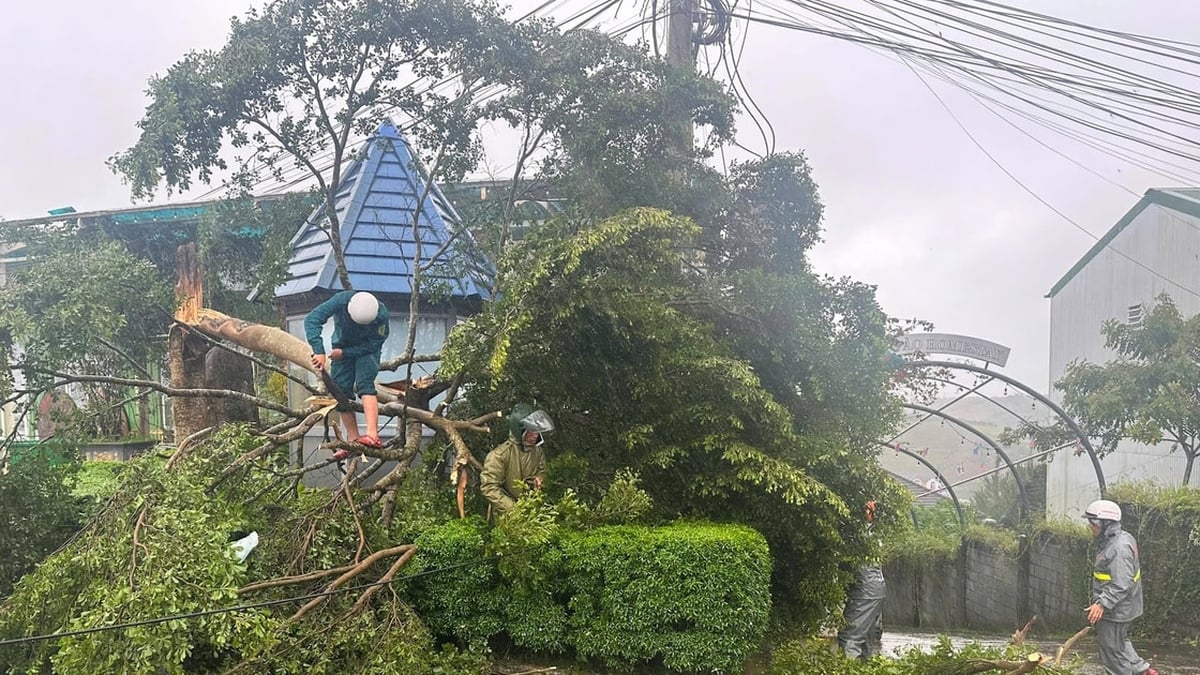Fartlek is a flexible workout that has no predetermined distance, but can still help runners improve their speed.
"Fartlek" means speed play in Swedish. Fartlek training is a type of speed training for runners developed by Swedish coach Gotstat Holme in 1937.
Fartlek workouts are different from intervals because they are less structured and more flexible. There is no set distance or set pace, a fartlek is simply a workout where your legs get a chance to run faster than normal until they feel fatigued, then cool down with an easy run.
In its simplest form, a Fartlek workout requires the runner to run a series of speed intervals followed by slow recovery runs after a warm-up in a middle-distance run. The goal of a Fartlek is to keep the runner active throughout the entire workout, without walking or stopping between intervals, but with more flexibility.

Fartlek workouts have no fixed structure, allowing the practitioner to be more flexible in their training, but can still improve speed. Photo: Run & Become
Benefits of Fartlek Exercises
While traditional interval training uses timed or measured segments, Fartlek training is more unstructured. The work and rest periods are based on how your body feels. With fartlek training, you can experiment with speed and endurance while running, which helps you tune into your body and how it functions.
When doing Fartleks, your heart rate should be higher than when doing your fastest interval workout or your fastest tempo run. You can also rest during Fartleks, but you don’t have to walk or stop like you would with intervals. Instead, you need to run at a pace faster than an easy jog to keep your heart rate up.
Many runners, especially newbies, like fartleks because they involve speed, are more versatile, and are less demanding than traditional interval training. Another benefit of fartleks is that they don’t have to be done on a track, but can be done on any terrain, such as roads, trails, or hills. You also don’t need a stopwatch to time your runs.
Fartlek training adds a little extra stress, but ultimately leads to faster speeds and improved endurance, thereby increasing the body's ability to train longer at higher intensities.
On the other hand, the downsides of fartlek training include a higher risk of injury and strain, especially for beginners who are prone to shin splints. Fartlek training is also demanding, so you shouldn’t do it every day.
How to do Fartlek
To do Fartlek, add some short intervals at a slightly faster pace to your regular runs. Maintain the faster pace for short distances or periods of time, like 200 meters or 30 seconds.
These sprint intervals can vary throughout your workout, and you can use landmarks like street lights or telephone poles to mark the segments, rather than measuring out 200 meters like the example above.
After completing a fast interval, slow down to below your normal running pace until you have fully recovered and your breathing has returned to normal. Then, return to your normal pace, incorporating slightly faster intervals throughout your run.
Fartlek runs should be fairly short because they are more intense. The faster-paced portion of the run should actually last about 30 seconds. As you improve, you can gradually add more of this faster-paced interval, up to 60 seconds.
Example of a 40 to 45 minute fartlek workout suitable for newbies
- Run warm-up for 10 minutes at slow speed
- 1 minute fast run, 2 minutes slow run, 2 minutes fast run, 1 minute slow run
- Repeat 3 to 4 times
- Finish with 10 minutes of easy running
In this exercise, newbies do not have to sprint at full speed in intervals, but only need to increase speed in a short distance. You can choose a distant landmark, find a tree or electric pole in front of you and run faster to that location. Note for newbies is to warm up before starting and gradually relax after running.
For experienced runners, Fartleks are still a good way to improve speed. You try to run at least 80% of your personal best pace at intervals. As your body becomes more comfortable with this pace, you can increase the distance or time. Runners can also do Fartleks with a friend, or in a group, to push each other.
Hong Duy (according to Very Well Fit )
Source link




























![[Photo] National Assembly Chairman Tran Thanh Man visits Vietnamese Heroic Mother Ta Thi Tran](https://vphoto.vietnam.vn/thumb/1200x675/vietnam/resource/IMAGE/2025/7/20/765c0bd057dd44ad83ab89fe0255b783)





































































Comment (0)